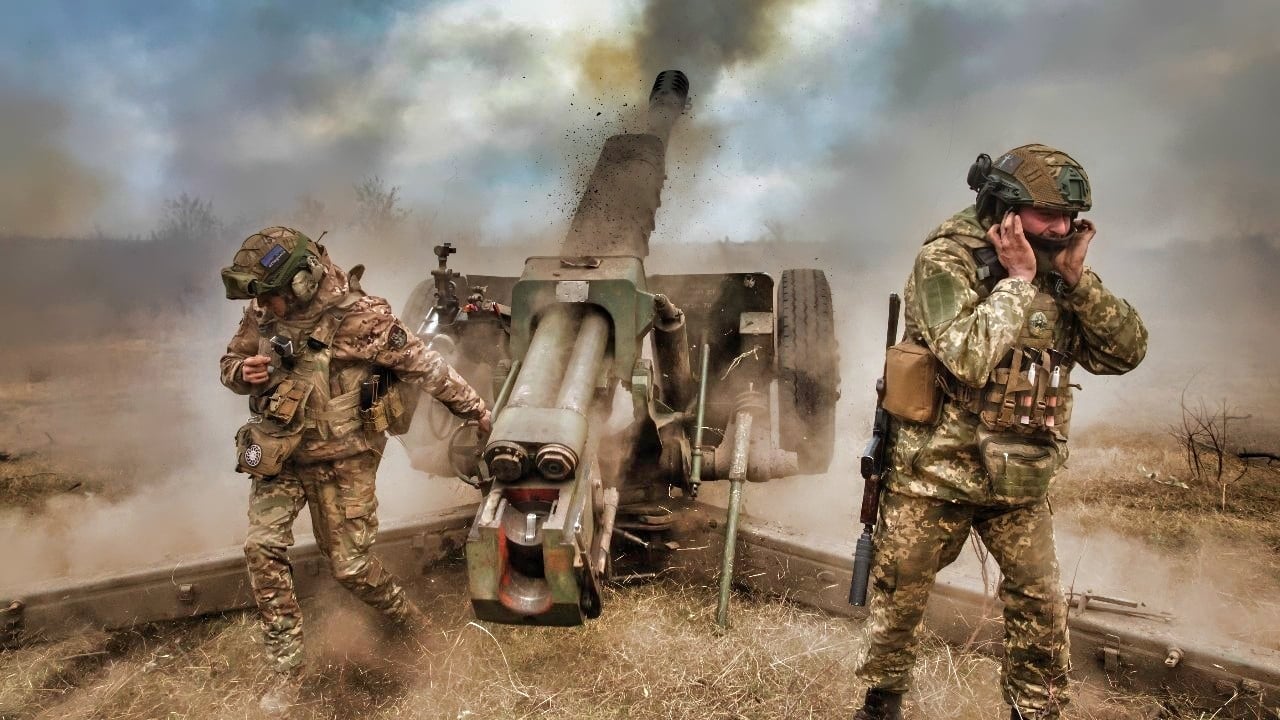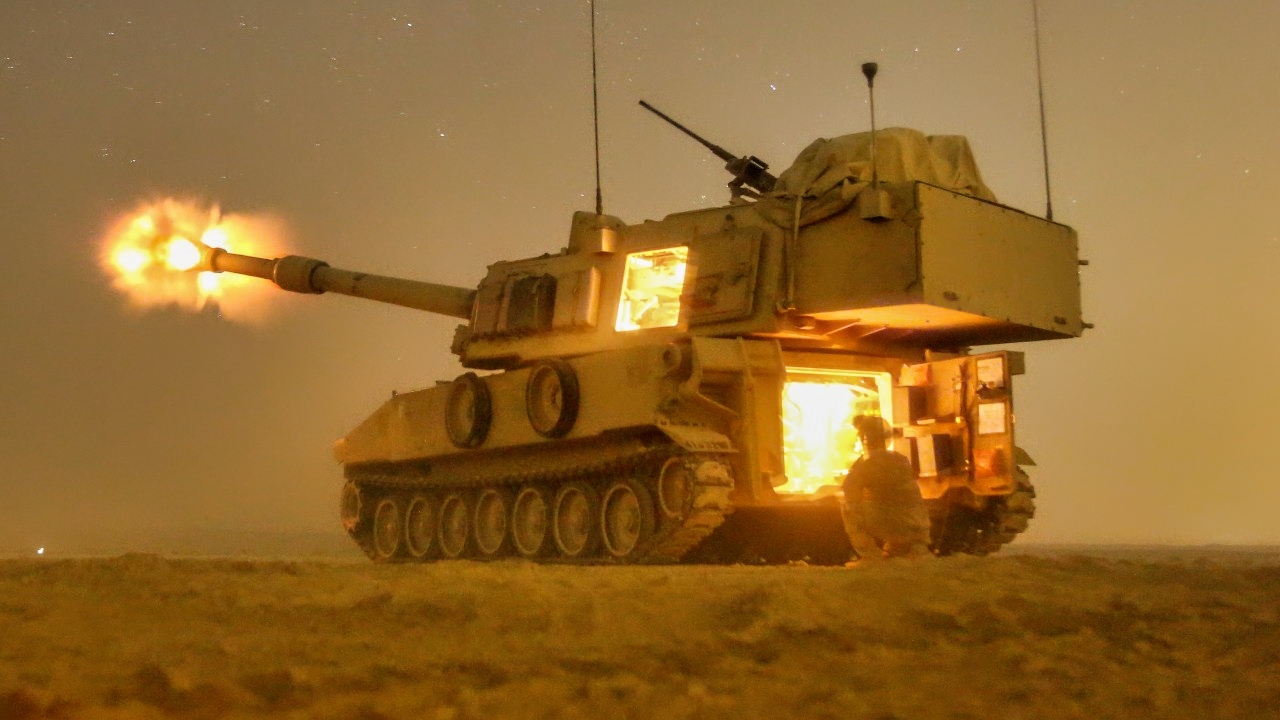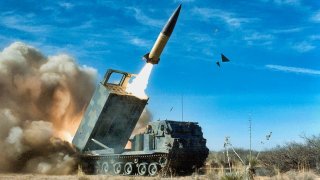U.S. Hesitates: No Green Light for Ukraine's Long-Range Strikes on Russia
Ukraine is not likely to receive authorization to use its long-range weapon systems provided by the United States and NATO against targets within Russia anytime soon.
What You Need to Know: The U.S. Intelligence Community has advised against authorizing Ukraine to use U.S. and NATO-supplied long-range weapons against Russian targets, fearing a serious risk of escalation.

-A report from the New York Times suggests that Russia might retaliate with force if Ukraine were allowed to strike within Russian territory using MGM-140 ATACMS, Storm Shadow, or SCALP-EG missiles. Despite past Russian threats over weapons transfers, like HIMARS and main battle tanks, which were ultimately ignored, this time the concerns are more severe.
-As the war continues, Ukraine remains restricted from using long-range munitions to avoid provoking a potentially wider conflict.
Intelligence Report: Why the U.S. Won’t Allow Ukraine to Target Russia
Ukraine is not likely to receive authorization to use its long-range weapon systems provided by the United States and NATO against targets within Russia anytime soon.
The U.S. Intelligence Community concluded that the threat of escalation this time around is quite real.
According to a piece from the New York Times, U.S. intelligence analysts assessed that Russia could respond with lethal force against the West in the event the U.S. and its allies allowed Ukraine to use its long-range weapons against targets within Russia. Moreover, the U.S. Intelligence Community downplayed the impact that the use of MGM-140 Army Tactical Missile Systems (ATACMS), Storm Shadow cruise missiles, and SCALP-EG cruise missiles against targets inside Russia could have.
An Intelligence Assessment
Since the beginning of the full-scale invasion of Ukraine, the Kremlin has been hurling threats to the U.S. and the West to prevent them from supporting Ukraine’s defense. And the threats haven’t been casual. On the contrary, Russian officials at the highest levels, including Russian President Vladimir Putin Deputy Chairman of the Security Council, and former President Dmitry Medvedev, have threatened nuclear war if the U.S. and the West help Ukraine.
There is also a pattern. Every time there is discussion of additional military support to Ukraine that would introduce a new weapon system or category of weapon system, the Kremlin has been waving its stick in an attempt to prevent the transfer.

First, it was the potential transfer of the M142 High Mobility Artillery Rocket Systems (HIMARS) and M270 Multiple Launch Rocket Systems (MLRS). Moscow, understanding their potential on the battlefield, raised hell trying to prevent the transfer. The West didn’t budge and sent the weapon systems with concomitant success.
Then, it was the potential transfer of main battle tanks, such as the M1 Abrams, Challenger 2, and Leopard 2. Moscow once more raised hell, waving its nuclear threat stick. This time Russian threats had more success, and it took precious months before the West made a decision. The United Kingdom broke the deadlock and committed a squadron of Challenger 2 main battle tanks.
Soon thereafter, the U.S. committed thirty-one M1 Abrams tanks, and several countries followed suit with Leopard 2s with the permission of Germany. But the tanks arrived too late to make a difference in Ukraine’s summer 2023 counteroffensive.
Next, there was the issue of cluster munitions. Ukraine needed cluster munitions to break the extensive Russian defenses and make some progress with its counteroffensive. Once again, the Kremlin raised hell but did nothing after the U.S. sent Kyiv cluster munitions for its artillery guns.
But the most contentious issue has been the transfer of Western fighter jets to Ukraine. The Kremlin, perhaps realizing the qualitative inferiority of its systems, has strongly opposed any talk about the transfer of F-16 Fighting Falcons, Eurofighter Typhoons, Dassault Mirage, or JAS 39 Gripen fighter jets to Kyiv. It took years and repeated Russian long-range missile attacks against Ukrainian urban centers and critical infrastructure before the U.S. decided to ignore the Kremlin’s threats and allowed several European countries to transfer dozens of F-16s to Kyiv. There was no response from Russia.
About the Author:
Stavros Atlamazoglou is a seasoned defense journalist specializing in special operations and a Hellenic Army veteran (national service with the 575th Marine Battalion and Army HQ). He holds a BA from the Johns Hopkins University and an MA from the Johns Hopkins’ School of Advanced International Studies (SAIS). His work has been featured in Business Insider, Sandboxx, and SOFREP.
Image Credit: Creative Commons and/or Shutterstock.


